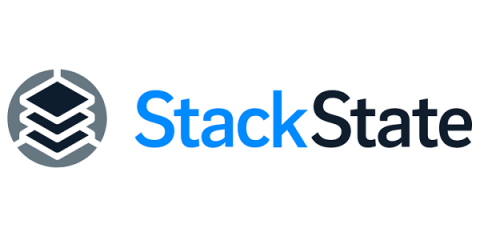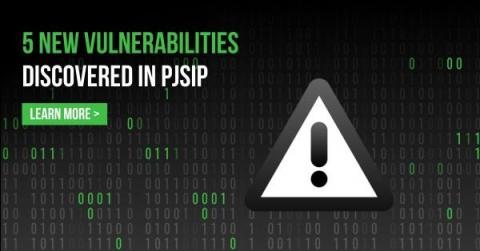Operations | Monitoring | ITSM | DevOps | Cloud
Latest News
Adding Super Fast Frontend Search in Rails with Lunr
This is the first part of a multi-part post focusing (mostly) on front end search and Command Palettes. If you are not familiar with Command Palettes, they are a power-user's dream: a universal overlay on your webpage that's triggered with a key shortcut (usually Command + K) and allows your users not only to search the content but also perform actions on your website. The goal here is to "keep the user's hands on the keyboard" (and away from the mouse), when using your application.
Getting Actionable Insights from Massive Amounts of Observability Data
In today’s world, there’s no lack of monitoring data. In fact, the amount of data DevOps and SRE teams are dealing with on a daily basis can be confusing and overwhelming. Often, the problem is threefold.
Alert Fatigue in SRE: What It Is & How To Avoid It
JFrog Discloses 5 Memory Corruption Vulnerabilities in PJSIP - A Popular Multimedia Library
4 Tips To Improve Your Company's Cloud Visibility
How Your Cloud Application Monitoring Data Can Help You Make Clearer Business Decisions
Companies are increasingly adopting cloud services. They’re cost-efficient, scalable, and give you time to market by getting your ideas out there as quickly as possible. However, cloud services don’t have extensive, in-built cloud application monitoring. This is where Netreo steps in. Let’s take a look at what cloud computing is. After that, we’ll dive into cloud application monitoring and how it affects business decisions.
5 questions about Ansible that Elastic Observability can answer
While automating systems is seen as an imperative in boardrooms around the globe, automation teams — the teams on the ground — often lack the data to help them to industrialize their automation efforts and move from ad-hoc automation to strategic automation. In this automation-focused blog post, we will show how to instrument infrastructure automation with Elastic Observability.
Cloud Governance: What It Is and Why You Need It
Every company exerts some level of effort to manage costs, performance, and risk in their hybrid cloud environment. But to ensure that those activities are performed consistently and efficiently across the board, you need a framework of policies, processes, controls, and tracking. In other words, you need cloud governance.
Enabling simple, cost-effective Kubernetes on IBM Z with MicroK8s
Containerisation has transformed the enterprise IT landscape, driving faster, more secure, and more predictable software delivery than ever before. Thanks to technologies like Docker, building containerised applications is easy, and many businesses are working with hundreds or even thousands of containers. To effectively deploy and manage all of these microservices, a container orchestration tool is essential, and Kubernetes is the leading solution.











